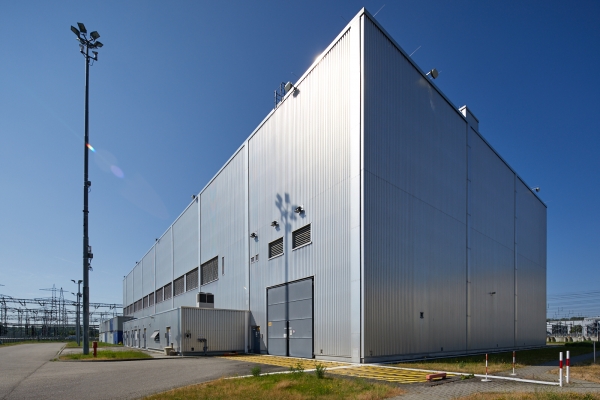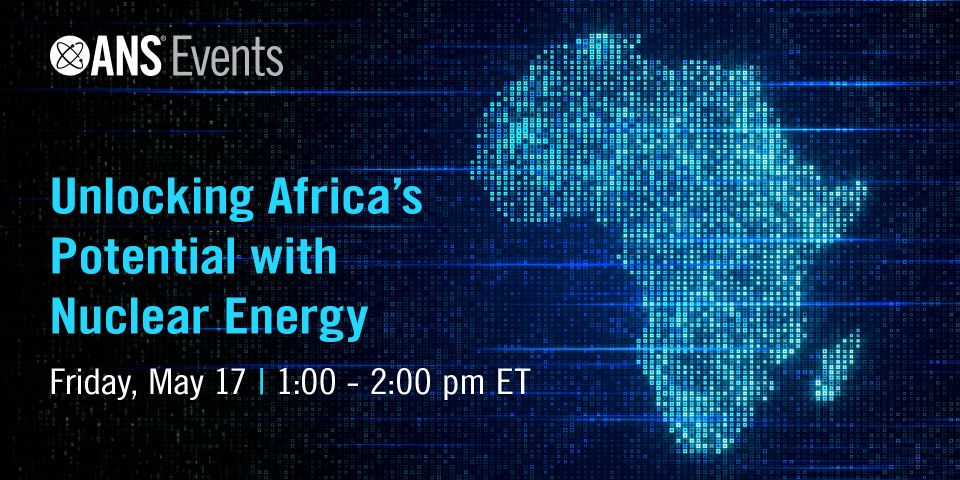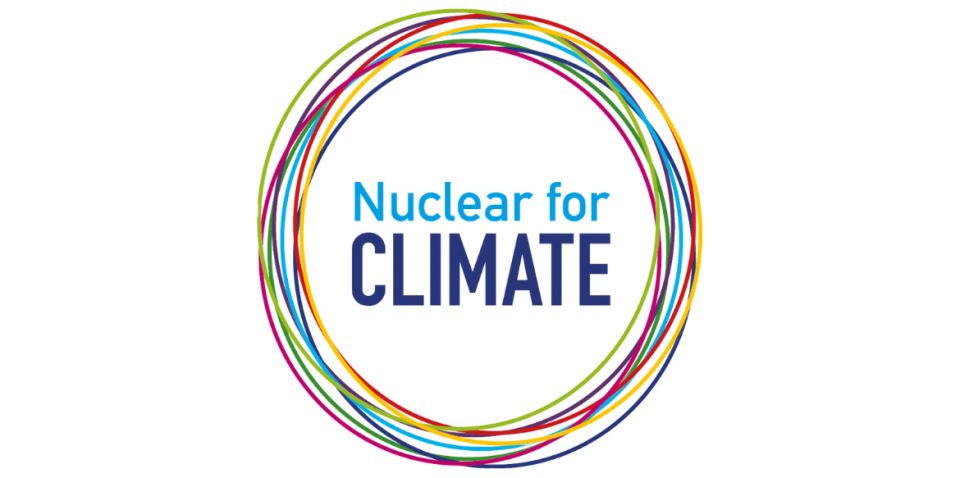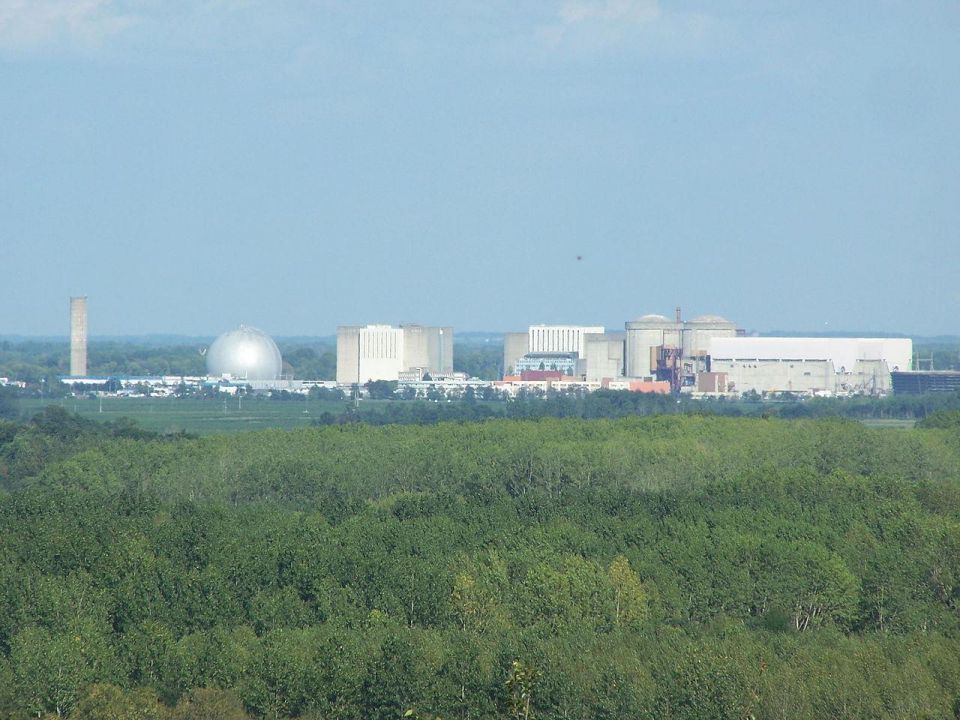International Nuclear

Steven Arndt
president@ans.org
As president of ANS, I am frequently asked, if it is the American Nuclear Society, why are you concerned with what is happening outside the United States? I usually start with a simple response: Although ANS is incorporated in the U.S., the Society has local and student sections as well as members in a number of other countries and is involved with key issues throughout the world. Although this is true—we have seven international sections and four international student sections, and about 10 percent of our membership is from other countries—it is only part of the story. From the very beginning, nuclear science and technology has been an international collaboration. The U.S. certainly can claim leadership in a lot of the advances in the research and industrial applications of our technology, but most of our advances have been based on active collaboration both within and across borders.
During my tenure, I have seen this firsthand. As travel has opened up throughout the world in the past year, I have visited the Latin American and French sections of ANS, as well as the University of Puerto Rico student section, and I have attended a number of ANS-sponsored technical meetings throughout the world.









